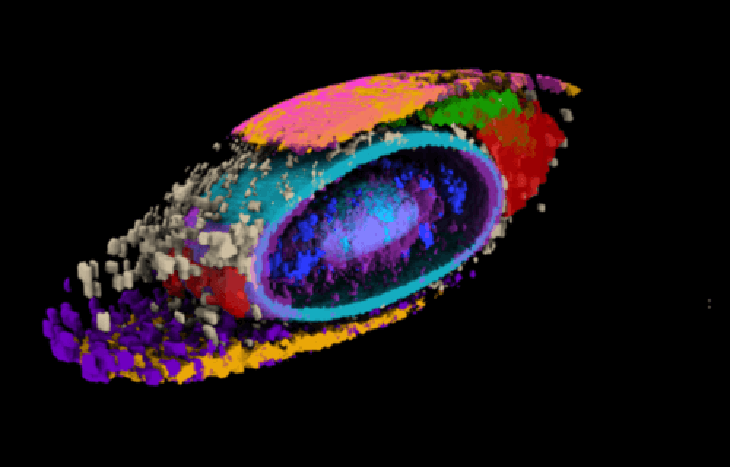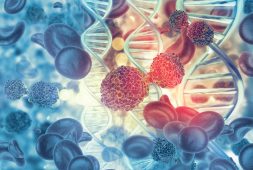
Scientists have showcased a new way to see how cells organize themselves. This method brings new knowledge on the building blocks of life.
The scientists collected a database that consisted of more than 200,000 images. When they looked into it, they were able to capture closer details that featured the rich variation in their shapes. This was even seen in the genetically identical cells that were grown under the same conditions.
The findings were published in the journal Nature recently and this was the culmination of all the work the experts from the Allen Institute for Cell Science have been working on since the project was launched 8 years ago.
This breakthrough in the area of cell biology is much like the discovery of “design principles” of the cell. This is considered big news because this could unlock the potential to discover new treatments for diseases related to cells malfunction. More importantly, the methods and findings can be generalized to just about any known cell.
For the study, what the researchers did was create a new method as they analyzed the human cells that produce a new type of information that goes above genomics: computationally derived, 3D spatial organization and morphology. This basically means that the cell’s shape and the organization of its internal components are shown in three dimensions.
The researchers also applied numbers and mathematical principles with the organization. Once they were able to do that, they discovered an endless amount of variation in the shapes of cells.
The researchers also made use of computational analyses where they developed a “shape space” that talks about the cell’s external shape. This are volume, elongation, and the “pear-ness” or “bean-ness” of the shape.

The new data gives the researchers ability to uncover the foundational principles of shape and internal organization. The secret to understanding a disease, what happens to it, and what could go wrong is to understand how cells organize their parts when they are healthy and what the range of variability is within “normal.”
Some of the early organizing principles discovered are:
- Cells organize their internal structures the same way even with a wide variation in shape. This shows a “robustness of organelle location within a cell”
- Position matters: cells found at the edges of colonies seemingly have specified shapes and arrangements when it comes to the organelles inside. They also have different protein expressions.
“Part of what makes cell biology seem intractable is the fact that every cell looks different, even when they are the same type of cell,” said Wallace Marshall. He is a Professor of Biochemistry and Biophysics at the University of California in San Francisco as well as a member of the Allen Institute’s Advisory Board.
“This same variability that has long plagued the field is, in fact, an opportunity to study the rules by which a cell is put together (and) I expect that many others will adopt the same methodology.”
This study made has built the groundwork for understanding a cell’s operating system, particularly with how three important factors such as organization, behavior, and molecular identity relate.
“We built all of this from scratch, including the metrics to measure and compare different aspects of how cells are organized,” said Ru Gunawardane, Ph.D. He is the Executive Director of the Allen Institute for Cell Science.
“What I’m truly excited about is how we and others in the community can now build on this and ask questions about cell biology that we could never ask before.”



